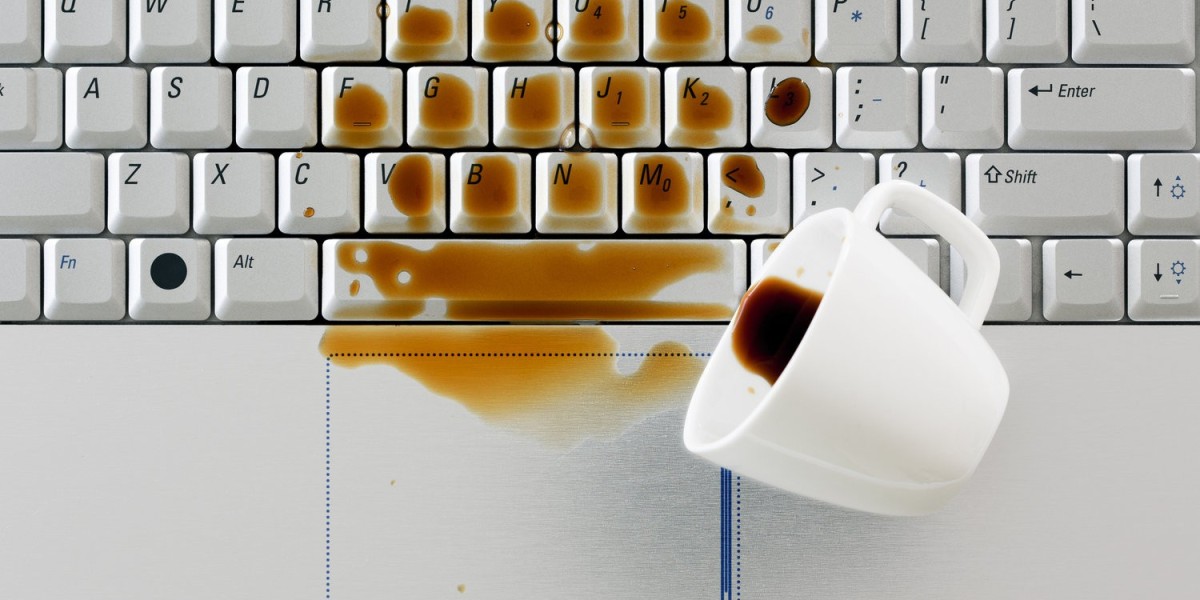Understanding MacBook Liquid Damage
Before delving into the repair process, it's essential to understand what happens when liquids come into contact with your MacBook. Apple laptops, including MacBook Pro and MacBook Air, are not designed to withstand liquid exposure. When a liquid enters your MacBook, it can lead to several problems, including:
- Short Circuits: Liquids can create short circuits, damaging the internal components and potentially causing your MacBook to stop working altogether.
- Corrosion: Over time, liquid can cause corrosion on the MacBook's logic board and other components, further deteriorating its functionality.
- Data Loss: Liquid damage can lead to data loss if not addressed promptly. This can be particularly devastating if you have important documents, photos, or files on your MacBook.
Now that you understand the potential consequences of liquid damage, let's explore the essential steps to repair your MacBook.
Immediate Actions After Liquid Damage
If your MacBook has encountered liquid damage, it's crucial to act swiftly to minimize the extent of the damage. Here's what you should do:
- Power Off: Immediately turn off your MacBook by holding down the power button. Do not attempt to use it as this may cause further damage.
- Disconnect All Peripherals: Unplug any external devices and cables from your MacBook.
- Remove the Battery (if possible): If you have a MacBook with a removable battery, take it out to prevent electrical damage.
- Tilt and Drain: Carefully tilt your MacBook to let any excess liquid drain out. Avoid shaking it, as this can spread the liquid further inside.
- Dry It Out: Place your MacBook in a dry, well-ventilated area. Do not use a hairdryer or heat gun, as excessive heat can damage the internal components.
- Seek Professional Help: Contact a professional MacBook repair service as soon as possible. Attempting DIY repairs can often worsen the damage.
MacBook Liquid Damage Repair Options
Once you've taken the initial steps to mitigate the damage, you have several options for MacBook liquid damage repair:
- Authorized Apple Service Center: Apple's authorized service centers are equipped to handle MacBook liquid damage repair. They have the expertise and genuine Apple parts to ensure a quality repair. However, this option can be relatively expensive.
- Third-Party Repair Shops: There are many third-party repair shops that specialize in MacBook repairs, including liquid damage repair. They may offer more cost-effective solutions compared to Apple's service centers. Be sure to choose a reputable and experienced repair shop.
- DIY Repair Kits: Some tech-savvy individuals may attempt DIY repairs using MacBook liquid damage repair kits. These kits often include tools and components needed for repair. However, this option is recommended only for those with the necessary skills and experience, as improper repairs can worsen the damage.
How to Repair MacBook After Liquid Damage
Repairing a MacBook after liquid damage is a complex process that requires technical expertise. Here's a general outline of the steps involved:
- Assessment: A technician will assess the extent of the damage, checking for corrosion and identifying affected components.
- Cleaning: Corroded parts will be cleaned to prevent further damage. Ultrasonic cleaning may be used for more severe cases.
- Component Replacement: Damaged components, such as the logic board or keyboard, may need to be replaced with new or refurbished parts.
- Testing: After repair, your MacBook will undergo extensive testing to ensure all functions are restored.
- Data Recovery: If data loss has occurred, efforts will be made to recover your important files.


![[pdf] Requiem Lauren Oliver Book Free Torrent Rar](https://insta.tel/upload/photos/2021/09/AqY2svo59eD5hrJWfwBG_28_3b20e9d0d0485ea95a2e83b0091e9750_image.jpeg)
![[pdf] Requiem Lauren Oliver Book Free Torrent Rar](https://insta.tel/upload/photos/2021/09/xjdWcqXe7P95YMZLrySA_28_4bcf0ff1ae59913be4d2789868eb5dc3_image.jpeg)